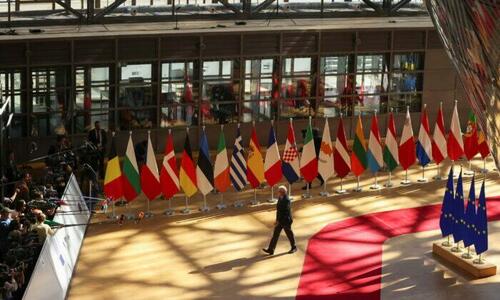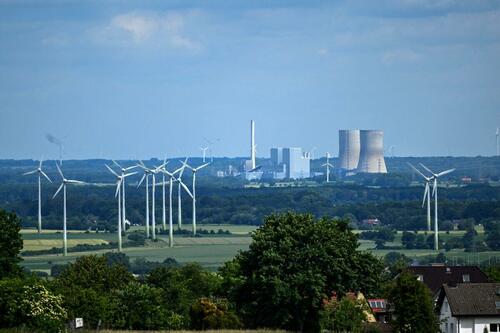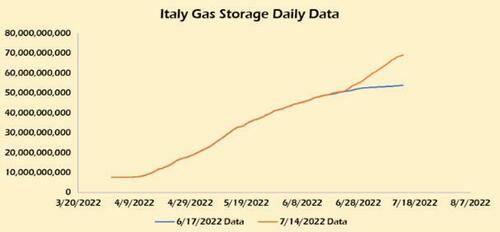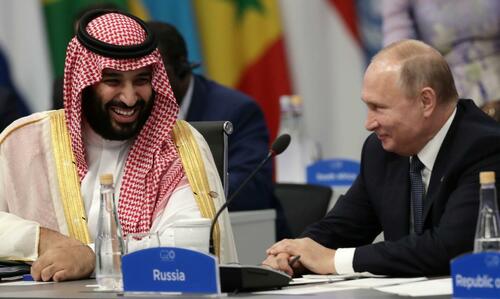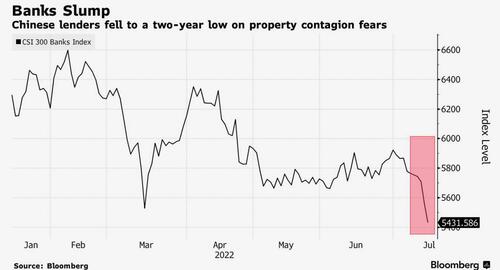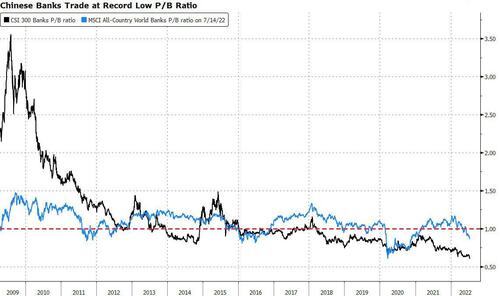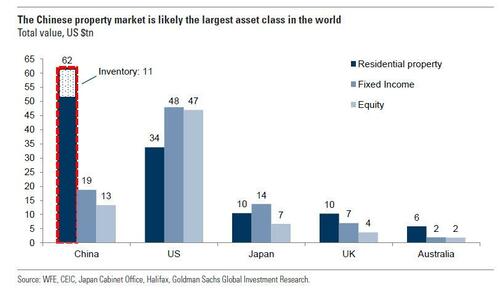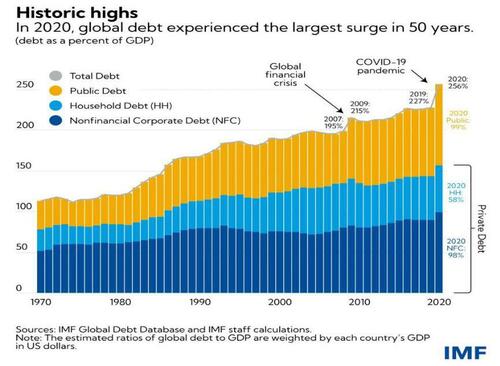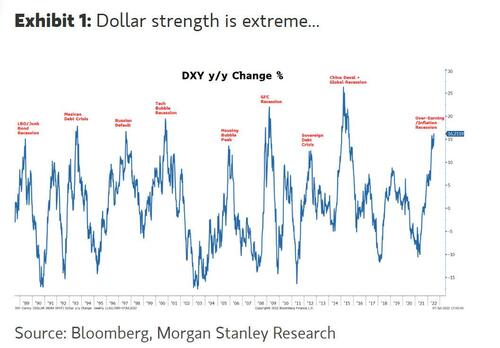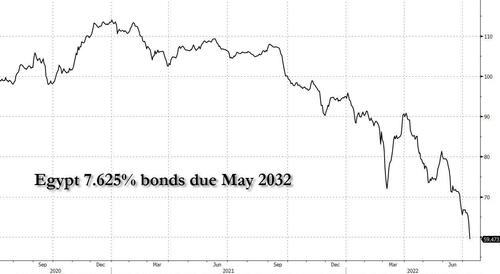Susan
Ellenberg, PhD, the former Director of the Office of Biostatistics and
Epidemiology at the FDA’s Center for Biologics, told RCI that “anything
that gets reported goes directly into the [VAERS] system … so mostly
what you get is noise.”
OK, understood.
Dr. Walter Orenstein, formerly the
CDC’s director of immunization, concurs. He said, “That’s why it’s
called adverse ‘events’ as opposed to reaction because reaction implies
causation. Event is basically something that follows.” Elderly people,
for example, die regularly; if they are dying days or weeks after being
vaccinated, that does not necessarily mean the vaccine is killing them.
Fine. But they didn't have such hesitations in counting ALL deaths of elderly people as caused by the virus even when the deaths were later than average age in most countries. So scientific caution, well justified, only applies for the vaccine, now, but not for the virus, earlier?
This is how perception is being manipulated. Doctors are doctors applying the scientific method sometimes... otherwise they are just "human" applying the precautionary principle. How convenient!
Authored by Clayton Fox via RealClear Investigations,
Since
the Food and Drug Administration authorized the first vaccines for
COVID-19 in late 2020, the government and much of the media have
insisted that the medicines developed in record time are safe and
effective. Those who raised questions about them have been routinely
dismissed as conspiracy theorists.

And yet an online database co-administered by the FDA and the Centers for Disease Control has compiled more than 1.3 million reports of vaccine-implicated “adverse events” running the gamut from mild to severe, including 29,000 deaths.
Representative entries include:
A 44-year-old male from California with a blood clot in the brain (CVST) five days after receiving Pfizer vaccine, dose unknown.
A 31-year-old female from Pennsylvania with heart inflammation (myocarditis) two days after receiving Moderna’s booster.
A 58-year-old female from California with blood clots in legs (DVT) after receiving Johnson & Johnson booster. She reported:
“Day
after booster on 11/16/21 my right leg was aching. 7 days later on
11/23/21 my sole of my right foot was very painful upon walking. This
resolved 2 days later by 11/25/21. On day 11 (11/26/21) my ankle was
slightly swollen and painful to touch. These symptoms continued to
migrate up my leg to my inner thigh. On 12/13/21 I was seen by my
primary care Doctor and was sent for a d-dimer blood test which was
1.77. I was seen in vascular dept and ultrasound indicated multiple DVT
from my groin to my ankle.”
These reports are
not anecdotes from “anti-vaxxers” on the dark web. They come from the
federal government’s open-source log, the Vaccine Adverse Event
Reporting System. It allows anyone to go online and report a bad
reaction that could be linked to any vaccine, including those for
COVID-19. (RealClearInvestigations has linked above to VAERS reports
posted at Openvaers.com, an independently run and easier to navigate
database that copies reports verbatim from the CDC’s less user-friendly “WONDER” system.)
While
the reports are unfiltered and unexamined, the idea is that such public
input will allow researchers to identify potential problems. But the
sheer number of reports, and their specificity, have the attention of
concerned scientists and even some politicians like Senator Ron Johnson of Wisconsin, who has invited people harmed by vaccines to testify before Congress and advocates compensation for them.
Johnson's
office said he has been admonishing the health authorities over the
VAERS reports for a year. "The senator believes the CDC and FDA need to
take their own adverse event early warning system seriously and be
transparent with the American people," it said in a statement. "To date,
they have not been."

VAERS was created in the late 1980s as an outgrowth of a congressional mandate to create a system for compensating vaccine victims and their families. In 2015, the CDC said
the average number of annual reports was roughly 30,000. In 2021, there
were nearly 1 million. Given the large increase during a politically
charged pandemic, the usefulness of VAERS is the subject of great debate
even among scientists
Some health experts believe that the number
of reports is primarily a function of increased publicity around the
COVID vaccines, a high number indicating only that many more people are
aware of the system and concerned about potential side effects from the
shots. Others say the number and strong indications in certain symptom
categories – such as the cardiovascular examples cited above – paint a
bleaker picture of the vaccines’ safety.

Dr. Peter McCullough, a renowned cardiologist and academic physician with over 600 papers
published in medical literature, was one of the first professionals to
publicly question the safety of the COVID-19 injections. On April 21,
2021, on his podcast The McCullough Report,
he read out some of the early, alarming statistics from VAERS including
reports of 502 heart attacks, 84 miscarriages, 321 cases of low blood
platelet counts (thrombocytopenia) and 2,342 deaths. For Dr. McCullough,
these numbers were a huge red flag. For comparison, he cites the last
“mass vaccination program” undertaken in the United States, the 1976
swine flu vaccine. Dr. McCullough noted that there were approximately 55
million people vaccinated, with an accompanying 500 cases of
Guillain-Barré syndrome, and around 25 deaths. “And the government
officials at that time said, ‘we’re going to pull it.’”
Dr.
McCullough said that by April 2021, VAERS reports were already so
numerous that he felt the COVID vaccines should be pulled off the
market. That same month, Fox News host Tucker Carlson voiced doubts
about the vaccines' effectiveness, and Dr. Anthony Fauci, President
Biden's top medical adviser, blasted him for pushing "a typical crazy conspiracy theory."
As of today, the system has more than 29,000 reports of deaths.
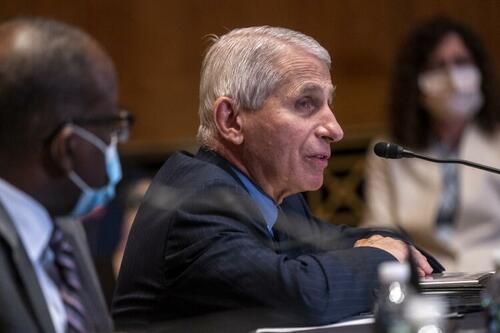
VAERS reports, however, are not hard evidence. Its website explains:
“A report to VAERS generally does not prove that the identified
vaccine(s) caused the adverse event described. It only confirms that the
reported event occurred sometime after vaccine was given. No proof that
the event was caused by the vaccine is required in order for VAERS to
accept the report. VAERS accepts all reports without judging whether the
event was caused by the vaccine.” Some of the FDA and CDC’s most senior
veterans advise caution in interpreting the data.
Susan
Ellenberg, PhD, the former Director of the Office of Biostatistics and
Epidemiology at the FDA’s Center for Biologics, told RCI that “anything
that gets reported goes directly into the [VAERS] system … so mostly
what you get is noise.” She said that it’s nearly impossible to prove
causation with this dataset alone. Dr. Walter Orenstein, formerly the
CDC’s director of immunization, concurs. He said, “That’s why it’s
called adverse ‘events’ as opposed to reaction because reaction implies
causation. Event is basically something that follows.” Elderly people,
for example, die regularly; if they are dying days or weeks after being
vaccinated, that does not necessarily mean the vaccine is killing them.
There
are many reasons why the VAERS data is usually insufficient to prove
causality between vaccination and adverse events, including:
There is no reliable denominator to establish event rates – and no “control” group against which to measure adverse events.
Reports are often messy or incomplete.
Underreporting has been a consistent and documented issue. (One CDC study
shows that the system may capture as few as 12% of adverse events,
meaning the total for COVID-19 vaccines could be as high as 10.8
million.)
On the other hand, overreporting is also an issue, as noted in this 2003 CDC review:
“Other potential reporting biases include increased reporting in the
first few years after licensure, increased reporting of events occurring
soon after vaccination, and increased reporting after publicity about a
particular known or alleged type of adverse event.”
In
the case of childhood vaccinations, vaccine sets are co-administered,
making it nearly impossible to know which specific vaccine caused the
adverse event.
So why continue using an unreliable system – apart from the fact it was required by Congress? Experts agree that VAERS can
be extremely useful in picking up signals of causation, which can be
confirmed with further study, usually employing the government’s other
major monitoring system: the CDC’s Vaccine Safety Datalink.
The VSD uses the combined databases of nine major healthcare systems
nationwide, providing detailed patient data, and the ability to look at
control groups of unvaccinated patients. The downside to the VSD is that
unless an issue comes through the healthcare system, it’s not going to
be reported. So if someone dies at home after being vaccinated, it won’t
make it into VSD, though it might make it into VAERS.
One prime
example of VAERS picking up a signal leading to an important safety
discovery occurred in the late 1990s with the RotaShield vaccine for
rotavirus – an ailment that causes diarrhea and vomiting in the very
young. While clinical trials revealed a small number of cases of
intussusception – the sometimes-deadly folding of the intestine in small
children – the finding was not seen as prohibitive. Nonetheless,
public health researchers flagged it as something to look for in VAERS
as the vaccine was distributed widely. When reports started piling up in
VAERS, it led to a review process, which ultimately led to the
manufacturer pulling the vaccine off the market and the FDA pulling its
license. A clear success for the system.
In the case of the
COVID-19 vaccine products, Dr. Orenstein said VAERS has been a success,
and that the large number of reports has been helpful in identifying
certain issues. “The increased volume may be a good thing. Because of
the increased reporting we’ve been able to detect causally related
problems, with mRNA problems with myocarditis and pericarditis, and with
J&J coagulation problems and Guillain-Barré, so in essence, VAERS
is important.”
Jessica Rose, an independent researcher
in Israel, agrees, and has devoted the past year and a half to putting
VAERS under a microscope. Dr. Rose has a PhD in computational biology
from Bar-Ilan University, a post-doc in molecular biology from Hebrew
University, and another in biochemistry from the Technion, widely
considered Israel’s MIT. She has become a fierce critic of the COVID-19
vaccines and spent countless hours poring over VAERS reports to craft
her articles on the emergent issues.
For
Rose, who has been collaborating with Dr. McCullough, the information
available in the VAERS system on its own is sufficient to prove
causality when it comes to vaccine-induced myocarditis
from all three vaccines, especially the mRNA-based shots from Pfizer
and Moderna. They specifically raise concerns around the high rate of
myocarditis reported among boys ages 12-15. Their paper stating this was
received, peer-reviewed, and accepted by Elsevier, the publisher of
Current Problems in Cardiology, where the piece was to be released. It
was then withdrawn from the site at the discretion of the editor. No basis was given for the removal. Dr. McCullough described
the situation in detail to Bret Weinstein on his Dark Horse podcast in
December. When asked for comment, Dr. McCullough told
RealClearInvestigations:
Elsevier, the world's largest
medical publisher, has for the first time in its history started
violating publication contracts with unilateral retractions in the
pandemic era. These papers were fully peer-reviewed, contracted, and
published without any threats to scientific validity. The one thing in
common for these retractions – they provided data on COVID-19 vaccine
injuries, disabilities, and deaths. Thus Elsevier has broken the trust
of the consuming public, doctors, and patients. In addition to legal
exposure, Elsevier is losing ground to MDPI and other publishers that do
not engage in corrupt censorship.
Asked to respond
to the cardiologist's comment, Elsevier issued this statement to RCI:
“We do not agree with these assertions; this article in press was
withdrawn following our standard policies which are all publicly
available on our website.”
The Lyme Disease Precedent
Dr. Orenstein and the federal health apparatus now acknowledge that adverse outcomes like myocarditis, coagulopathies/thrombosis, and Guillain-Barré
have been established as causally related to the COVID-19 shots in
certain cohorts – and that VAERS played a role in making those
connections – but see them as rare.
Former FDA epidemiologist
Ellenberg says the sheer number of events in VAERS may reflect the
revival of an old phenomenon: high adverse publicity around vaccines,
similar to what happened with the Lyme disease vaccine and arthritis.
Lyme
disease can cause arthritis. So can aging. When many reports of
arthritis started appearing in VAERS after that vaccine was rolled out
in 1998, bad publicity followed. Ellenberg started receiving phone calls
from lawyers asking her when FDA was going to pull the vaccine.
Ultimately, FDA convened a panel to look into the correlation, and no
causal connection was found. “But because of the publicity, use of the
vaccine waned and eventually the producer took it off the market.”
Regarding
the COVID-19 vaccines, Jessica Rose said VAERS shows a grim picture
that has nothing to do with publicity. The reporting system “is
functioning as a pharmacovigilance tool right now,” she said. “There are
an enormous number and range of safety signals being thrown out.”
In
March 2022, after the COVID-19 vaccine had been available for 15 months
(462 days), she compared the number of VAERS reports related to these
shots versus those for flu vaccines. Given the greater number of COVID
shots administered during that period, she predicted that “the rate of
reporting in VAERS…should be about twice for COVID than for flu.” What
she found instead was “117.6 times as many reports of adverse events in
the context of the COVID shots.”
Rose is adamant. “This is not
about the number of doses, this is about these products doing more
damage [than the flu vaccines],” she said, “systemic, comprehensive
damage that we’ve never seen before. There’s no doubting that these
products are different.” When RCI queried Rose as to which three adverse
events might be most readily proven as being caused by the vaccine with
data posted in VAERS, she replied, “Myocarditis, Bell’s palsy, and
anything related to clotting.
Quietly, large numbers of peer-reviewed studies have been accumulating in legitimate journals, lending credence to those who believe many adverse events are occurring, and that they are causally related to vaccination. Just recently, a study of vaccines
in three Nordic countries revealed a strong correlation between getting
the Astra-Zeneca shot and a higher incidence of cardiovascular injury,
and a lesser but still significant correlation for recipients of the
Pfizer and Moderna products.
Finally, a “preprint”
study (not yet peer reviewed) uploaded June 23 and co-authored by Peter
Doshi, a senior editor at the British Medical Journal, as well as
physicians from UCLA and Stanford, concludes that a careful analysis of
all available data now suggests that the benefits of vaccination do not
outweigh the potential harms. To make their calculations, the
researchers used data from VAERS as well as its European equivalent,
EudraVigilance, and the WHO’s VigiBase.
But the story remains
complicated. For instance, Rose agreed drawing conclusions is
complicated by the lack of data in VAERS about whether reporting
patients have also recovered from COVID. Studies have now shown
that having had COVID also increases the risk of cardiovascular events
in the year after recovery. On the other hand, an Israeli analysis shows a correlation to vaccine rollout, but not to COVID-19 infection rates.
With
such variables, the task of monitoring vaccine safety can seem almost
futile. But Dr. Robert Chen, the creator of VAERS, disagrees. He
believes the system, in concert with the Vaccine Safety Datalink and
other resources, has worked well in alerting the public health community
to issues due to vaccination. He told RCI that “in terms of its main
function of telling you that something is going on, it’s amazingly
effective.”
Dr. Orenstein said the VSD should be expanded if
possible as a complement to VAERS but said that without a single
national database, the current system of monitoring vaccine safety is
“as good as it gets.” For Ellenberg, a statistician by training, “these
are horrible, messy databases. You’re looking for a needle in a
haystack.” When talking to other epidemiologists and encouraging them to
create better systems for analyzing VAERS, Ellenberg said she uses this
analogy: “If you can reduce the whole haystack to a handful of hay,
then that makes your job just a little bit easier.”
Rose
acknowledges the messiness of VAERS, but believes it provides enough
information to tell a story of danger. She said that in her analysis,
60% of VAERS reports describe events within 48 hours of vaccine
administration – one more criteria for causality. Rose said: “It isn’t
on me to prove that these products aren’t safe, this is on them [CDC,
FDA], legally, to prove that these products are safe. And they’re not
doing their jobs.” On that point, a recent public records request
by Josh Guetzkow, Ph.D., and the legal team at Robert F. Kennedy Jr.’s
Children’s Health Defense found that CDC has not been analyzing the
VAERS data on COVID-19 shots using its own stated methods.
In an email to RCI, the CDC stated, “COVID-19 vaccines are undergoing the most intense safety monitoring in U.S. history.”
